With nearly two decades of experience in the ever-evolving field of SEO and digital marketing, I’ve seen firsthand how integral a well-defined brand tone and voice is to the success of any marketing campaign.
In today’s crowded digital marketplace, standing out is more challenging than ever. It’s not just about what you say, but how you say it. This is where defining your brand tone and voice becomes crucial. It’s the secret sauce that connects your brand with your audience on a deeper level, builds trust, and drives engagement.
But what exactly are brand tone and voice, and why are they so important?
What is Brand Tone and Voice?
To start, let’s break down the concepts. Your brand voice is the unique personality that your brand takes on in its communications. It’s consistent across all channels and remains unchanged regardless of the context or audience. Think of it as the ‘who’ behind your communication—the persona that speaks through your marketing materials.
On the other hand, your brand tone can vary depending on the situation and the medium. It’s the emotional inflection applied to your voice. For example, the tone may be more formal in a business proposal but casual and friendly on social media.
The Importance of Defining Your Brand Tone and Voice
Defining these elements is not just a creative exercise; it’s a strategic imperative.
Here’s why:
Consistency in Communication
A defined brand tone and voice ensure that your messaging is consistent across all touchpoints, from your website copy to social media posts. This consistency helps in building a recognizable and reliable brand.
Building Trust and Recognition
When your audience recognizes your brand’s voice and tone, it fosters a sense of familiarity and trust. They know what to expect from you, which enhances brand loyalty.
Enhancing Customer Engagement
A well-defined tone and voice can make your content more relatable and engaging. It helps in striking the right chord with your audience, making your messages more impactful.
In this post, we take a deeper look into how you can define your brand tone and voice, and explore the profound impact this has on your marketing campaigns. We’ll also look at real-world examples and provide practical tips to maintain consistency.
Ready?
Steps to Define Your Brand Tone and Voice
Before embarking on the path of defining your brand’s tone and voice, it’s imperative to ground yourself in the essence of your company’s mission and vision. Just as a compass guides a traveler through uncharted territories, your mission statement serves as the guiding beacon for shaping a brand voice that resonates authentically with your audience.
To cultivate a brand voice that truly speaks to your audience, consider these foundational steps:
-
Start with Your Company’s Mission
Your brand’s mission serves as the compass guiding your communication, shaping the essence of your brand voice. By anchoring your messaging in the core values and purpose outlined in your mission statement, you establish a clear foundation for crafting a resonant and authentic brand voice.
Use Your Company’s Mission
When defining your brand voice, your company’s mission or value statement acts as the North Star, illuminating the path towards creating a voice that aligns seamlessly with your brand’s identity. Let’s delve into a hypothetical scenario to illustrate this concept:
For instance, imagine a company “InnovateX” with the following mission:
“Empowering innovation through technology while fostering inclusivity and sustainability.”
In crafting their brand voice, InnovateX would channel these values into their communication to resonate with their audience effectively.
Here’s how they might approach it:
- Inclusivity: Their brand voice would embrace diversity and empathy, ensuring every message is inclusive and welcoming.
- Sustainability: Sustainability would permeate their content, advocating for environmentally conscious practices and solutions.
- Innovation: A tone of creativity and forward-thinking would infuse their messaging, reflecting their commitment to cutting-edge technology.
By embodying these values in their brand voice, InnovateX creates a cohesive and compelling narrative that not only reflects their mission but also resonates with their audience on a deeper level.
As you embark on defining your own brand voice, consider how your company's mission can shape the tone, style, and messaging of your communication strategy. Let your core values guide the way, infusing every interaction with authenticity and purpose. If you'd like further guidance on refining your brand voice in alignment with your mission, feel free to share your thoughts, and let's tailor our strategies to elevate your brand communication journey.
-
Draw Inspiration from Buyer Personas
Drawing inspiration from your buyer personas is a pivotal step in shaping a brand voice that resonates deeply with your target audience. By immersing yourself in the needs, preferences, and communication styles of your ideal customers, you can tailor your messaging to establish meaningful connections and drive engagement.
Incorporating Insights from Buyer Personas
When refining your brand voice, consider the following approach to infuse insights from your buyer personas into your communication strategy:
Understanding Your Audience:
- Develop detailed buyer personas based on demographic data, behavior patterns, and psychographic information.
- Identify common pain points, aspirations, and communication preferences of your target audience segments.
Crafting Messages that Resonate:
- Tailor your brand voice to address the specific needs and challenges of each buyer persona.
- Use language, tone, and messaging styles that align with the preferences of different audience segments.
Creating Personalized Experiences:
- Segment your communication strategies to deliver personalized experiences that speak directly to the interests of each buyer persona.
- Leverage insights from buyer personas to craft compelling narratives that resonate deeply with your audience.
By integrating insights from your buyer personas into your brand voice, you can create a communication strategy that not only speaks to your audience but also establishes a sense of connection and understanding. This personalized approach enhances engagement, drives conversions, and fosters long-term loyalty among your customers.
-
Analyze Best-Performing Content
Analyzing your best-performing content unveils valuable insights that can shape and refine your brand voice effectively. By dissecting the patterns and elements that resonate with your audience, you gain a deeper understanding of what engages them most, facilitating strategic adjustments to enhance your brand communication.
Unveiling Insights from Best-Performing Content
When delving into the analysis of your top-performing content, consider the following steps to guide your brand voice refinement:
Identifying Engaging Elements:
- Look for common themes, topics, or storytelling techniques that have garnered high levels of engagement.
- Pay attention to language styles, visuals, and calls-to-action that have proven to be effective in capturing your audience's interest.
Evaluating Audience Response:
- Analyze metrics such as click-through rates, social shares, and comments to gauge audience response to different aspects of your content.
- Identify trends in audience behavior and sentiment to tailor your brand voice to better resonate with their preferences.
Refining Your Communication Strategy:
- Use insights from your best-performing content to inform future messaging strategies and content creation.
- Experiment with incorporating successful elements into new campaigns while staying true to your brand's unique voice and identity.
By leveraging the data and insights gleaned from your top-performing content, you can fine-tune your brand voice to speak directly to your audience's interests and preferences. This iterative process of analysis and refinement ensures that your brand communication remains dynamic, engaging, and aligned with the evolving needs of your target audience.
-
Create Do's and Don'ts
Establishing clear guidelines for your brand voice through a list of do's and don'ts is essential for maintaining consistency, authenticity, and resonance with your target audience. By outlining these guidelines, you ensure that every communication reflects your brand's mission and values, fostering a cohesive and impactful brand voice.
Defining Do's and Don'ts for Your Brand Voice
When creating a set of guidelines for your brand voice, consider the following approach to articulate do's and don'ts that align with your brand's mission and resonate with your audience:
Do's:
- Consistency: Maintain a consistent tone and style across all communication channels to reinforce brand identity.
- Authenticity: Speak in a genuine and honest manner that reflects your brand's values and resonates with your audience.
- Clarity: Ensure your messaging is clear, concise, and easy to understand to effectively communicate with your audience.
- Empathy: Show empathy towards your audience's needs and concerns, demonstrating understanding and care in your messaging.
- Innovation: Embrace creativity and innovation in your brand voice to differentiate yourself and captivate your audience.
Don'ts:
- Avoid Jargon: Steer clear of industry-specific jargon or complex language that may alienate or confuse your audience.
- Over-Promotion: Refrain from overly promotional content and focus on providing value and building relationships with your audience.
- Contradicting Values: Ensure your messaging aligns with your brand's core values and avoid conflicting messages that may dilute your brand identity.
- Insensitive Language: Be mindful of the impact of your words and avoid language that may be perceived as insensitive or offensive.
- Lack of Authenticity: Strive to be authentic and transparent in your communication, avoiding superficial or inauthentic messaging.
By establishing clear do's and don'ts for your brand voice, you create guardrails that guide your communication strategy, ensuring that every message resonates authentically with your audience while staying true to your brand's mission and values. If you need assistance in defining specific guidelines tailored to your brand or further insights on refining your brand voice strategy, feel free to share, and let's continue shaping your brand communication journey together.
-
Leverage Third-Party Expertise
In the pursuit of refining your brand voice strategy to align seamlessly with your mission and objectives, leveraging third-party expertise can offer valuable insights and guidance. Collaborating with a specialized agency can provide a fresh perspective, strategic recommendations, and professional support to fine-tune your brand voice for optimal impact and resonance.
Unlocking the Power of Third-Party Expertise
When considering the involvement of a third-party agency to enhance your brand voice strategy, here's how you can harness their expertise effectively:
Identifying Strategic Partners:
- Research and identify reputable agencies that specialize in brand strategy, communication, and voice development.
- Look for partners with a proven track record of success in aligning brand messaging with mission and values.
Collaborative Strategy Sessions:
- Engage in collaborative workshops or consultations with the agency to articulate your brand's mission, values, and communication goals.
- Work together to define key characteristics, tone, and messaging styles that resonate with your target audience.
Feedback and Iteration:
- Seek feedback from the agency on your existing brand voice strategy, content, and messaging to identify areas for improvement.
- Implement iterative changes based on the agency's insights and recommendations to strengthen your brand voice.
Measuring Success:
- Establish key performance indicators (KPIs) in collaboration with the agency to measure the effectiveness of your refined brand voice strategy.
- Monitor metrics such as audience engagement, brand perception, and conversion rates to gauge the impact of the updated brand voice.
By enlisting the support of a third-party agency, you can benefit from their expertise, strategic guidance, and industry knowledge to elevate your brand voice strategy. This collaborative approach ensures that your brand messaging remains aligned with your mission and resonates authentically with your audience, driving meaningful connections and fostering brand loyalty.
-
Develop a Comprehensive Communications Document
Developing a centralized communications document is pivotal in maintaining consistency across all brand touchpoints, reinforcing your brand voice, and ensuring coherence in your messaging. By creating a structured guide that encapsulates your brand's tone, style, and key messaging principles, you establish a framework for cohesive communication that resonates with your audience.
Creating a Comprehensive Communications Document
When crafting a comprehensive communications document to uphold your brand voice and messaging coherence, consider the following steps to streamline your communication strategy:
Brand Voice Guidelines:
- Define your brand voice attributes, including tone, personality traits, and language preferences.
- Provide examples and explanations to illustrate how these attributes manifest in different types of content.
Messaging Strategy:
- Outline key brand messages, value propositions, and positioning statements to guide consistent storytelling.
- Include guidelines on tailoring messages for specific audience segments or communication channels.
Style and Formatting Standards:
- Establish standards for visual elements, typography, color schemes, and design components that reflect your brand identity.
- Ensure consistency in formatting across various communication materials, including digital and print assets.
Channel-Specific Recommendations:
- Tailor communication guidelines for different platforms, such as social media, email, website content, and advertising.
- Provide best practices for adapting your brand voice to suit the nuances of each channel while maintaining overall coherence.
Revision and Approval Processes:
- Define workflows for content creation, review, and approval to maintain quality control and adherence to brand guidelines.
- Include mechanisms for feedback, iteration, and continuous improvement of communication strategies.
When you consolidate these elements into a centralized communications document, you equip your team with a comprehensive guide that fosters alignment, clarity, and consistency in all brand communications. This document serves as a beacon for reinforcing your brand voice, enhancing message coherence, and building a strong foundation for impactful storytelling across diverse touchpoints.
By anchoring your brand voice in the core values and mission of your company, you pave the way for authentic, impactful communication that fosters lasting connections with your audience. Should you require further guidance on refining your brand voice or exploring additional strategies, feel free to share your specific requirements, and let's elevate your brand communication together.
Well-known Brand Case Studies and Examples
Let's look at some brands that have successfully defined their tone and voice:
Mailchimp
Mailchimp, the email marketing platform, has crafted a brand voice that exudes friendliness, approachability, and a touch of quirkiness. This distinct tone is maintained consistently across all customer touchpoints, from their engaging website content to the witty emails they send out. Even in error messages or technical communications, Mailchimp manages to infuse a sense of personality and warmth. This dedication to maintaining a unified voice has not only resonated with users but has also played a pivotal role in establishing Mailchimp as a strong, recognizable brand in the competitive digital marketing landscape.
Nike
Nike, the athletic apparel giant, embodies a brand voice that is deeply rooted in inspiration and motivation. Their messaging reflects the core value of encouraging individuals to push beyond their limits and strive for greatness. While Nike's tone can vary depending on the context, from being empowering and aspirational in their ads to being straightforward and informative in their product descriptions, it always remains aligned with the brand's overarching personality. This consistency in voice not only amplifies Nike's brand identity but also fosters a powerful connection with athletes and enthusiasts worldwide, driving them to achieve their full potential.
Old Spice
Old Spice is a great example of a brand that successfully reinvented its tone and voice to reach a new audience. Traditionally seen as an old-fashioned brand, Old Spice launched a campaign in 2010 featuring humorous and over-the-top commercials with actor Isaiah Mustafa. The brand adopted a confident, witty, and slightly absurd tone that resonated with a younger audience. This change in brand voice resulted in a significant increase in sales and social media engagement.
Innocent Drinks
Innocent Drinks has built a strong brand identity through a friendly, playful, and conversational tone. Their product labels, social media posts, and website content all reflect this consistent voice. For instance, their smoothie bottles often have quirky messages and fun facts, making the brand feel approachable and human. This consistent tone has helped Innocent Drinks build a loyal customer base who feels a personal connection to the brand.
Wendy's
Wendy's is known for its bold and sassy tone on social media, especially on Twitter. The brand's voice is unapologetically confident and witty, often engaging in humorous banter with competitors and customers alike. This distinct tone has not only garnered a massive following but also created numerous viral moments, showcasing the power of a unique and memorable brand voice.
Harley-Davidson
Harley-Davidson's brand voice is rugged, rebellious, and empowering, mirroring the values and lifestyle of its target audience—motorcycle enthusiasts. Their marketing campaigns, from print ads to social media posts, consistently evoke a sense of freedom and adventure. This strong, consistent voice has been instrumental in building a passionate and loyal community around the brand.
Slack
Slack, the team collaboration tool, uses a straightforward, clear, and friendly tone in all its communications. Whether it's onboarding tutorials, customer support interactions, or marketing materials, Slack ensures that its voice is helpful and approachable. This consistency helps users feel comfortable and supported while using the platform, enhancing overall user experience and satisfaction.
Apple
Apple's brand voice is distinctive for its simplicity, elegance, and forward-thinking attitude. The company's marketing materials focus on minimalistic design and clear, concise messaging that emphasizes innovation and user experience. Apple's consistent tone across all channels—from product launches to customer service—reinforces its brand identity as a leader in technological innovation.
Dollar Shave Club
Dollar Shave Club disrupted the shaving industry with a humorous and irreverent tone. Their famous launch video, which went viral, introduced their brand voice with lines like "Our blades are f***ing great." This bold and cheeky tone continued across their website, emails, and social media, appealing to a younger audience tired of traditional, serious grooming advertisements.
Learn more about Dollar Shave Club and my thoughts on their branding in a previous post I wrote: Growing Your Business By Targeting Your Smallest Viable Audience
Tips for Maintaining Brand Consistency
Maintaining a consistent brand voice and tone is essential for building a strong, recognizable brand identity. Consistency ensures that your audience knows what to expect from your communications, fostering trust and loyalty.
Here are some practical tips to help you achieve and maintain consistency in your brand messaging:
Regular Training for Your Team
Ensure that everyone involved in content creation understands and applies the brand voice and tone guidelines. Regular training sessions can help keep everyone aligned and up-to-date with any changes.
- Workshops and Seminars: Organize workshops and seminars to educate your team about the importance of brand voice and tone.
- Onboarding Materials: Include detailed guidelines in onboarding materials for new hires to ensure they start off on the right foot.
- Ongoing Education: Provide continuous learning opportunities through webinars, e-learning modules, and refresher courses.
Periodic Reviews and Updates
As your brand evolves, so should your tone and voice. Periodically review and update your guidelines to reflect any changes in your brand strategy or market positioning.
- Quarterly Reviews: Schedule regular reviews to assess if the current tone and voice still align with your brand's values and goals.
- Feedback Loops: Gather feedback from your team and audience to identify areas for improvement.
- Documentation Updates: Ensure that any changes are promptly documented and communicated to all relevant team members.
Use of Tools and Templates
Utilize tools like style guides and content templates to help maintain consistency across different types of content and platforms.
- Style Guides: Develop comprehensive style guides that outline your brand's voice, tone, and writing guidelines. Include examples and scenarios to illustrate proper application.
- Content Templates: Create templates for various content types (blogs, social media posts, emails) to ensure uniformity in structure and style.
- Content Management Systems (CMS): Use a CMS with built-in style and tone checkers to automatically ensure compliance with your guidelines.
Centralized Content Repository
Maintain a centralized repository where all brand guidelines, templates, and example content are stored and easily accessible to your team.
- Digital Asset Library: Host a digital library on your company’s server or better yet a shared drive or online asset management tool, like Dropbox, where all resources can be found.
- Version Control: Implement version control to track changes and updates to guidelines and templates.
Consistent Branding Across All Channels
Consistency should extend beyond written content to every touchpoint where your brand interacts with the audience.
- Visual Elements: Ensure visual elements like logos, colors, and fonts are used consistently across all platforms.
- Customer Interactions: Train customer service representatives to embody the brand’s voice and tone in their interactions with customers.
- Cross-Channel Alignment: Align messaging across different channels (website, social media, email) so that your audience has a seamless experience.
Your Brand Voice is the Heartbeat of Your Identity
In the dynamic realm of digital marketing, defining your brand tone and voice is akin to composing a symphony—a harmonious blend of consistency, trust-building notes, and resonant connections with your audience. As the marketing landscape evolves and expands, dedicating time to refine and solidify your brand voice isn't just a strategic move; it's an investment that yields dividends for years to come.
We love helping other businesses define their brand and can help with everything from logo design to content marketing. With decades of experience we have helped hundreds of businesses develop and bring their brands to the marketplace.
Are you looking for help developing your brand identity?















 Let’s get back to you, this morning, when you decided to wake up on the right side of the bed. (Even if you didn’t, pretend you did.) If you’re a W-2 employee, you’re making your way to your job site. If you’re a 1099 contractor, you’re either heading to a client meeting, about to enter into a conference call, or nursing a cup of coffee just the way you like it from the comfort of your living room sofa, wearing your favorite sweats.
Let’s get back to you, this morning, when you decided to wake up on the right side of the bed. (Even if you didn’t, pretend you did.) If you’re a W-2 employee, you’re making your way to your job site. If you’re a 1099 contractor, you’re either heading to a client meeting, about to enter into a conference call, or nursing a cup of coffee just the way you like it from the comfort of your living room sofa, wearing your favorite sweats. The spine-tingling phrase of “being a company fit” continues to create a stir in employees and job candidates. When you’re in the company, it doesn’t take long before you can distinguish between the culture they want to emulate and the reality of what is. But employee or client dissatisfaction can quickly alter company culture into something best kept hidden, though seldom remains under wraps.
The spine-tingling phrase of “being a company fit” continues to create a stir in employees and job candidates. When you’re in the company, it doesn’t take long before you can distinguish between the culture they want to emulate and the reality of what is. But employee or client dissatisfaction can quickly alter company culture into something best kept hidden, though seldom remains under wraps.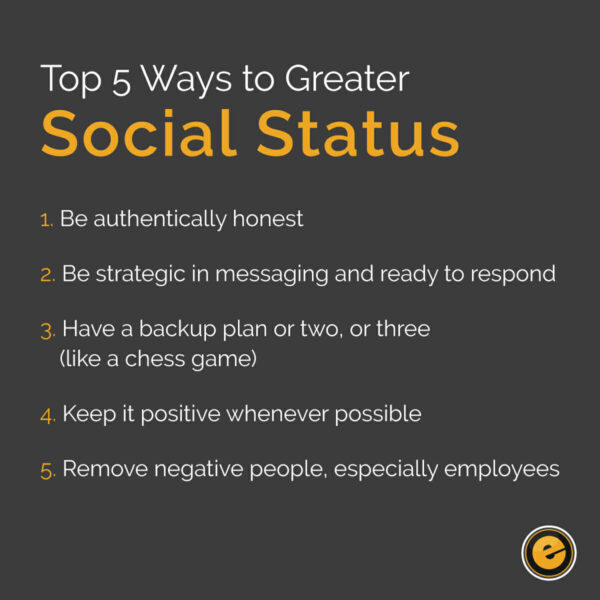

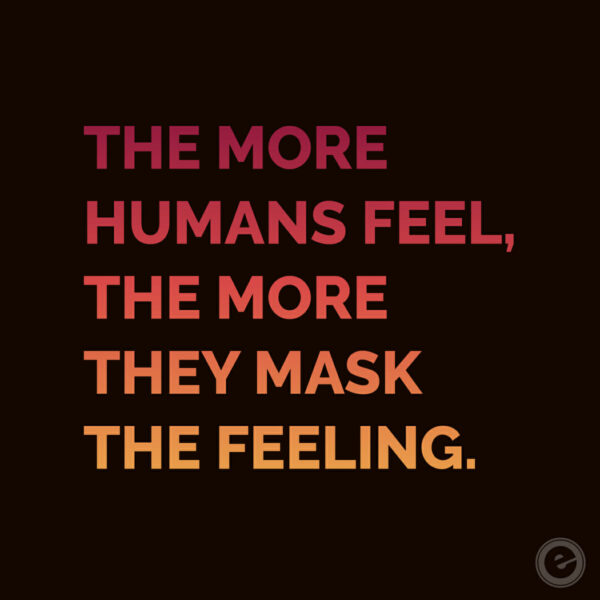


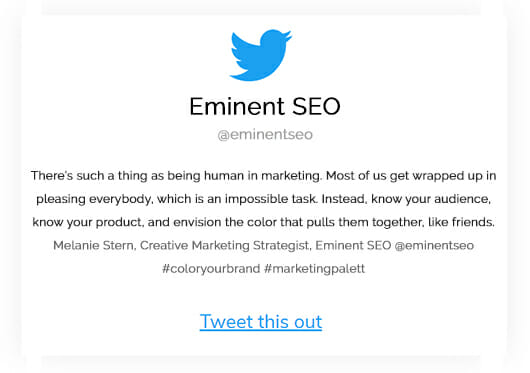
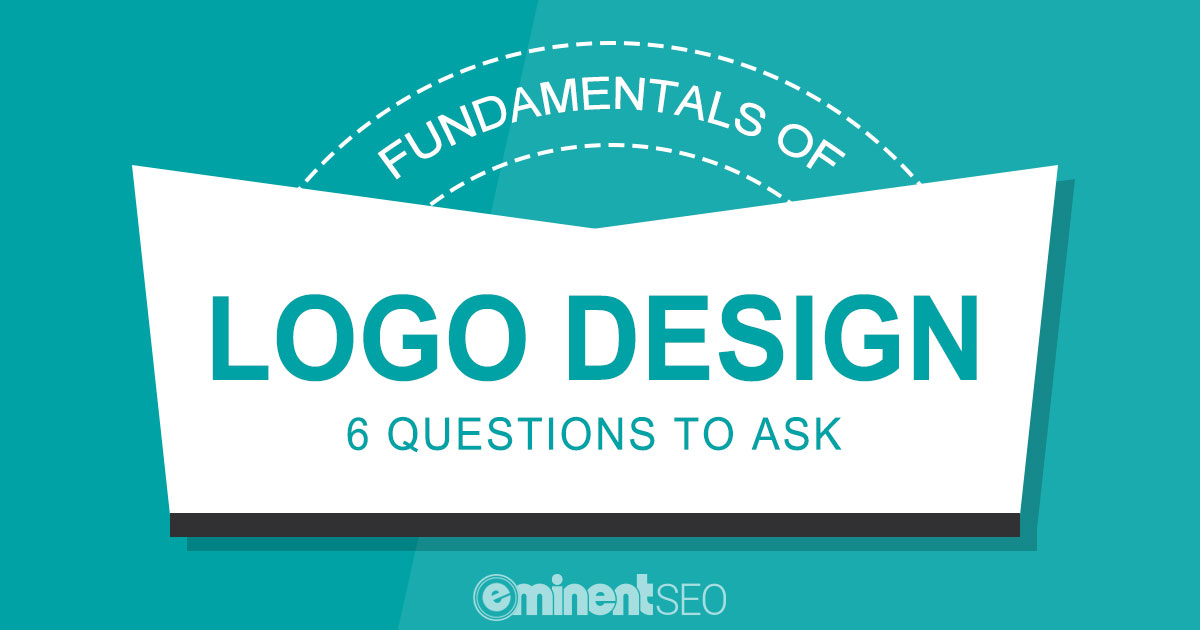
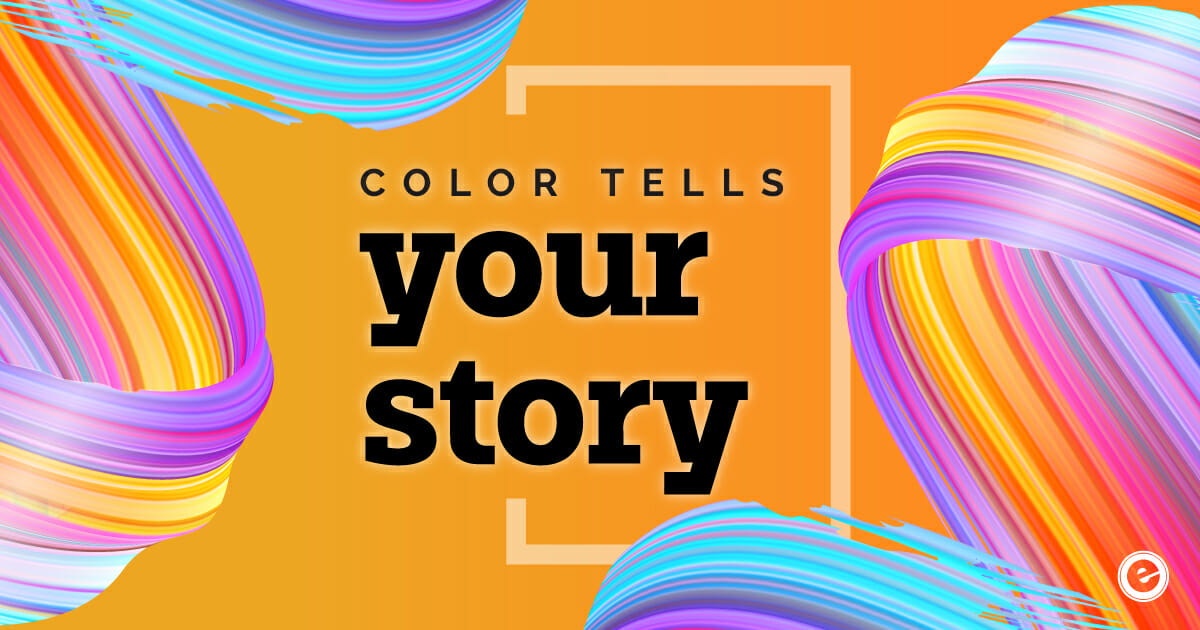
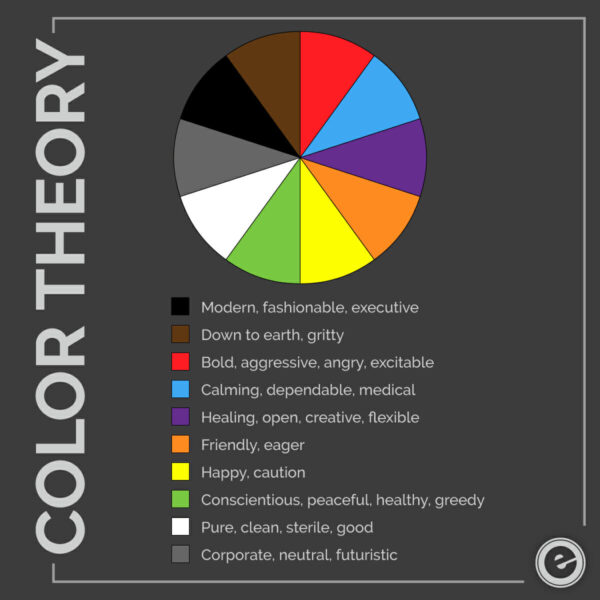

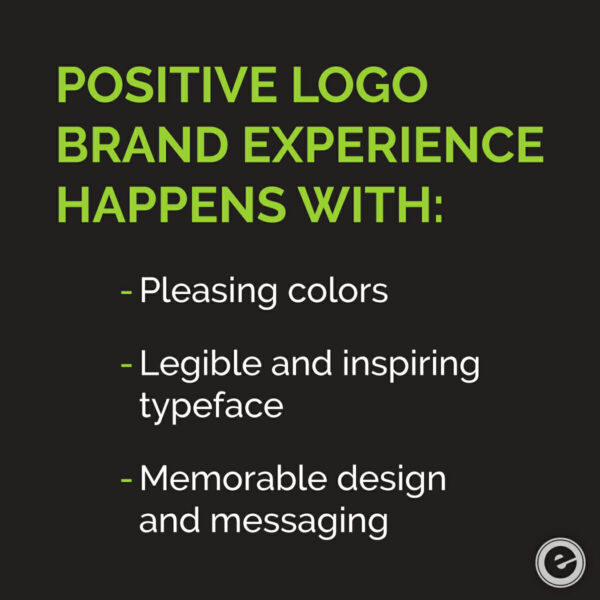
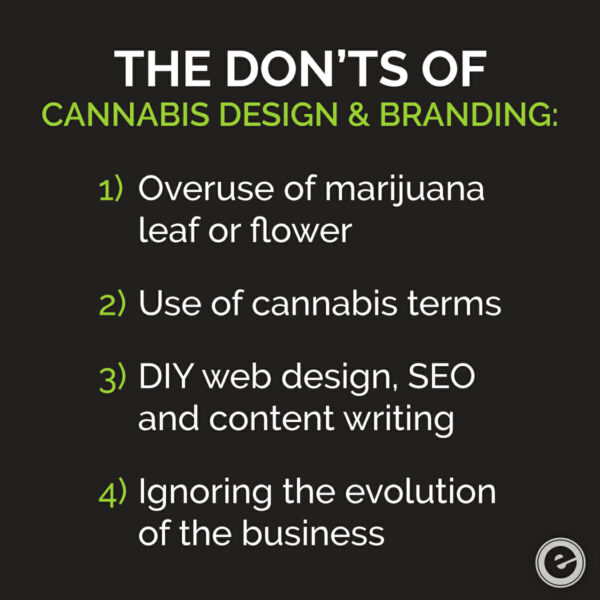

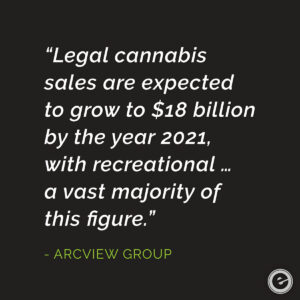 Just when we thought it wasn’t safe to swim with the sharks of Facebook, they actually stepped up to the plate of public outcry and accountability. After listening to their users – and most notably their former platform users – who were up in arms about the recent shadow ban on cannabis marketing, they copped to it.
Just when we thought it wasn’t safe to swim with the sharks of Facebook, they actually stepped up to the plate of public outcry and accountability. After listening to their users – and most notably their former platform users – who were up in arms about the recent shadow ban on cannabis marketing, they copped to it. You know what you know; now, admit what you don’t know. In marijuana business outreach, there isn’t much room for faking it. Let me illustrate.
You know what you know; now, admit what you don’t know. In marijuana business outreach, there isn’t much room for faking it. Let me illustrate.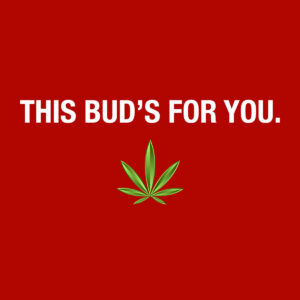 To pull from a well-known, popular tagline, “This Bud’s for you,” from Anheuser-Busch, imagine using it to promote a specific retail shop that has an exclusive strain of marijuana.
To pull from a well-known, popular tagline, “This Bud’s for you,” from Anheuser-Busch, imagine using it to promote a specific retail shop that has an exclusive strain of marijuana. Knowing your audience helps you generate your strategy but it also helps you define the overall tone of your campaigns: the language, cadence, look and feel of the copy and design.
Knowing your audience helps you generate your strategy but it also helps you define the overall tone of your campaigns: the language, cadence, look and feel of the copy and design.
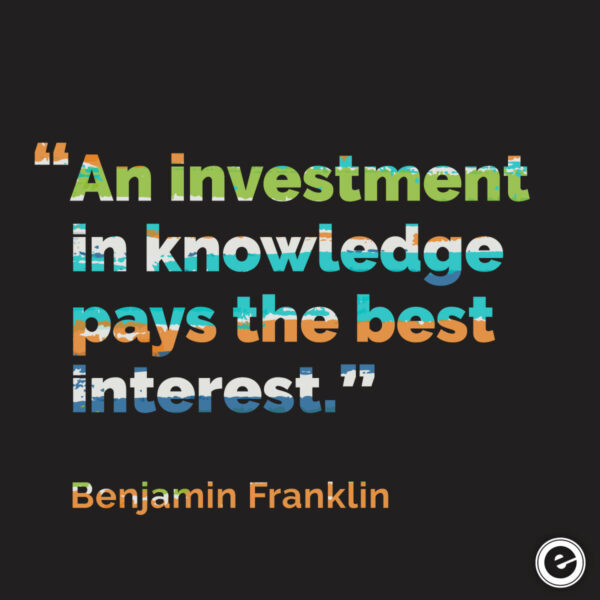 Businesses often come to us with broken websites. The business owner doesn’t really know why their website is broken because they’ve been paying for “SEO” for several years. The truth is, their business probably wasn’t really investing into a real SEO campaign. There are a lot of companies out there that do spammy SEO techniques and get away with it because business owners aren’t aware of the shadiness.
Businesses often come to us with broken websites. The business owner doesn’t really know why their website is broken because they’ve been paying for “SEO” for several years. The truth is, their business probably wasn’t really investing into a real SEO campaign. There are a lot of companies out there that do spammy SEO techniques and get away with it because business owners aren’t aware of the shadiness.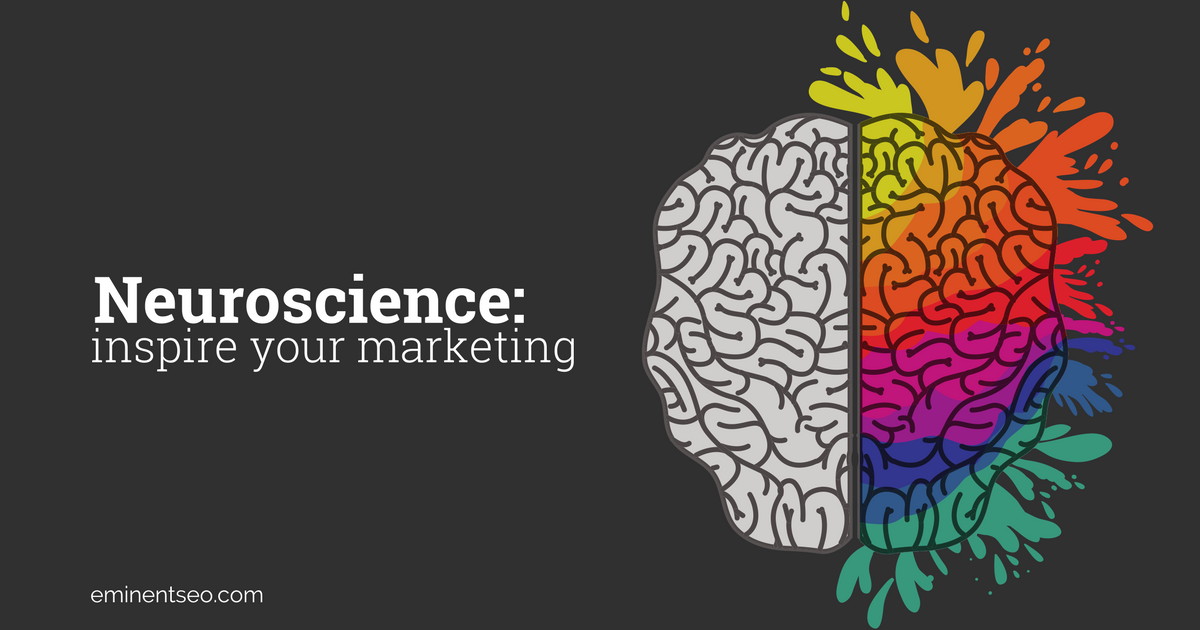
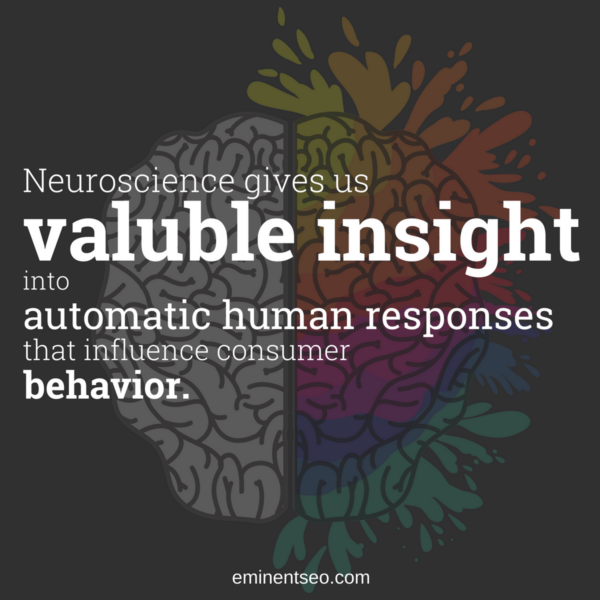 Researchers will monitor how a person sees an online ad, for example, by using an fMRI scan that will provide details of brain activity. In addition, this is a great way to A/B test a promotional message for a marketing campaign.
Researchers will monitor how a person sees an online ad, for example, by using an fMRI scan that will provide details of brain activity. In addition, this is a great way to A/B test a promotional message for a marketing campaign.

